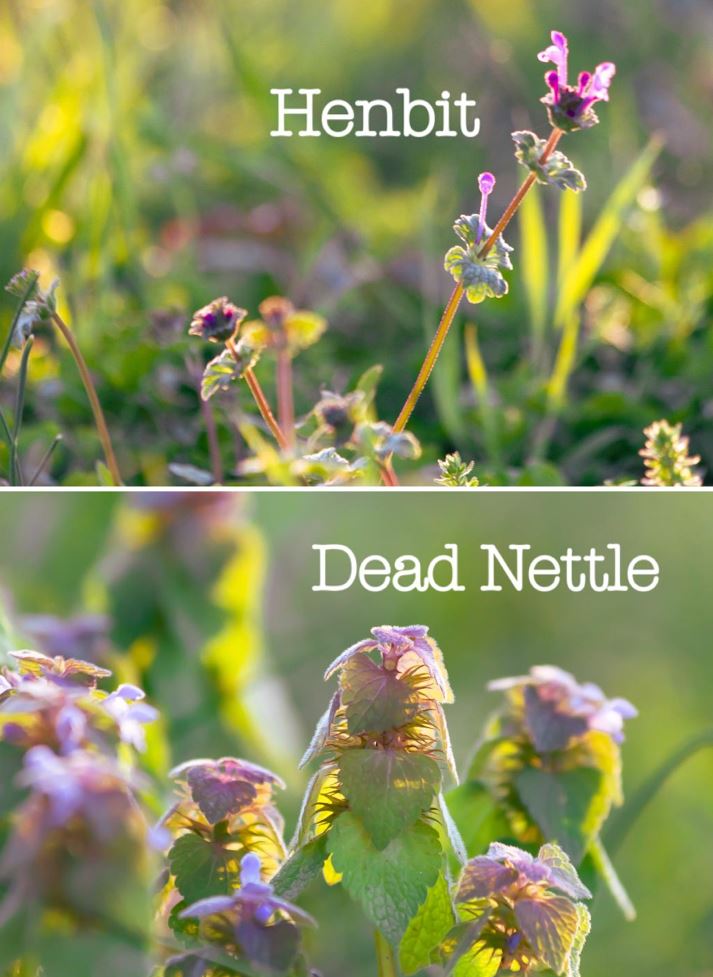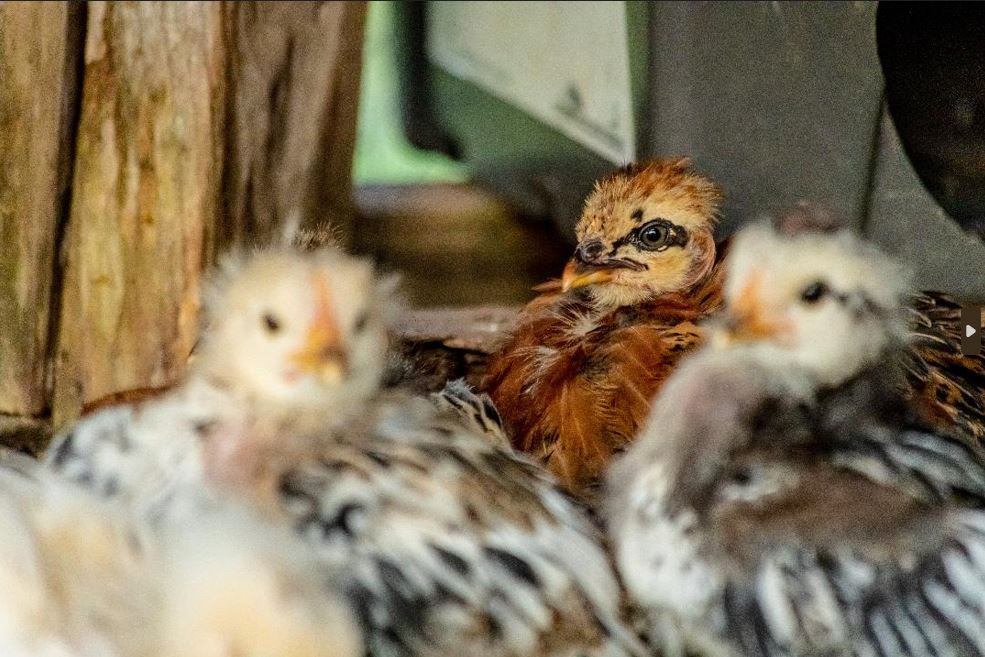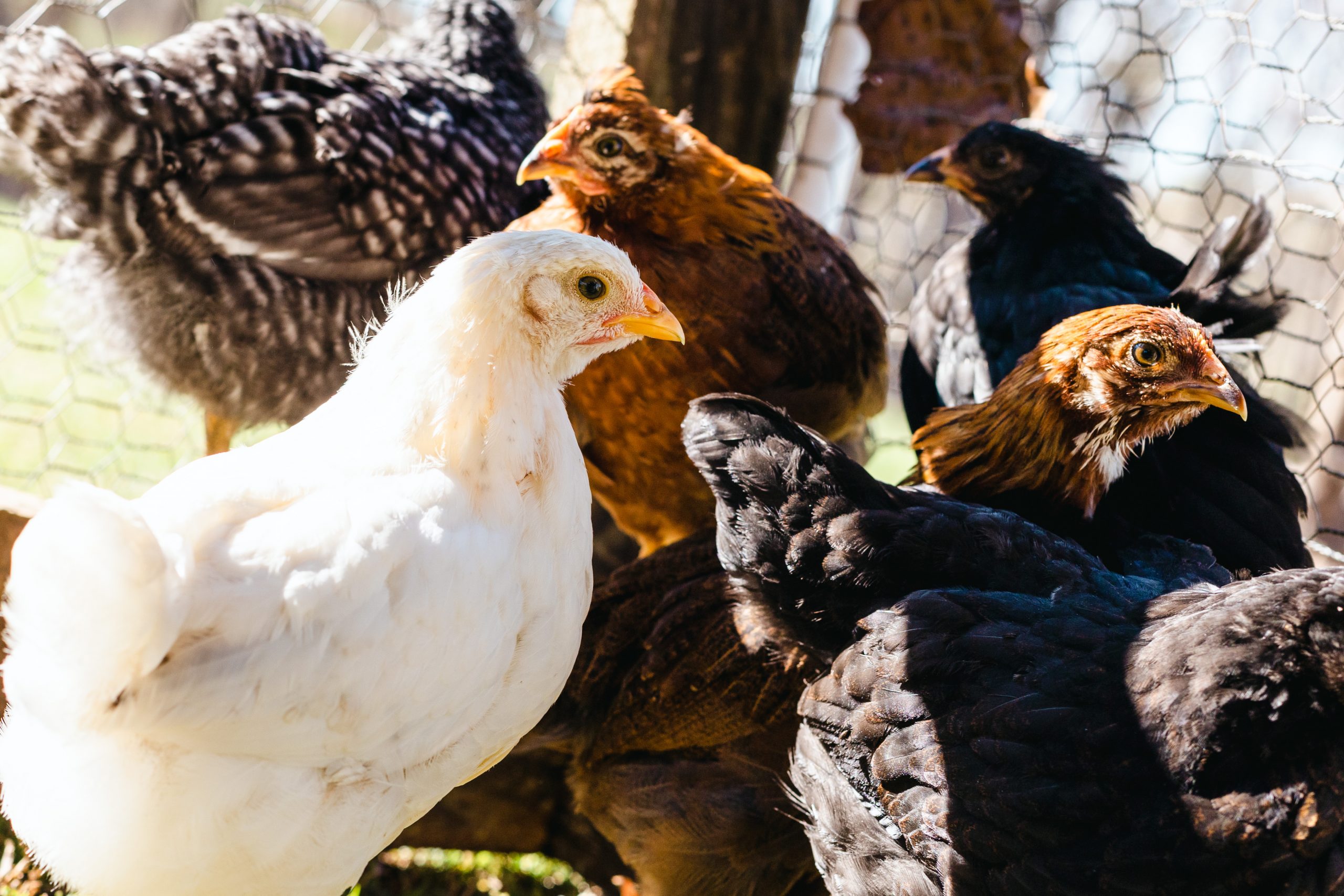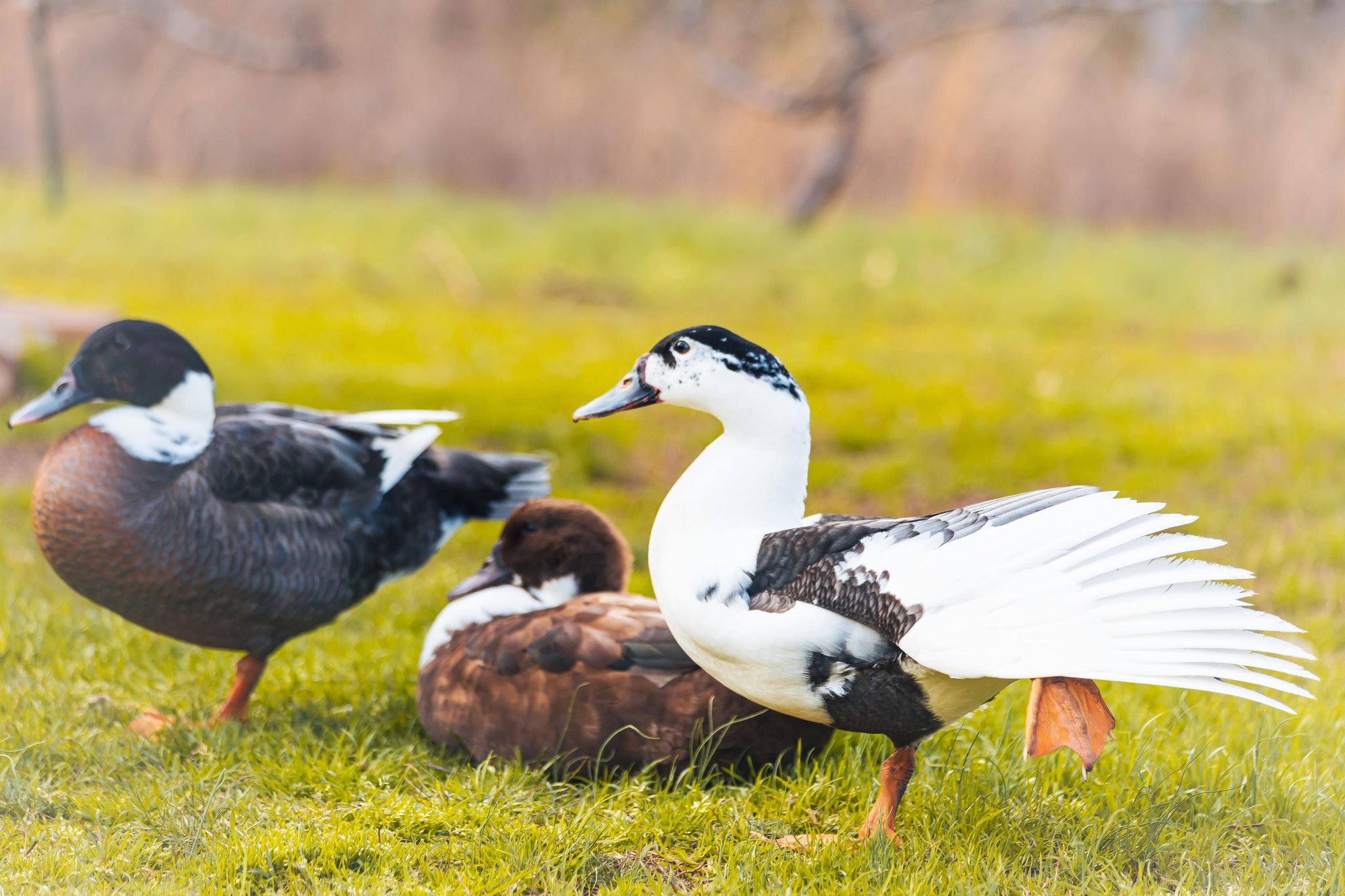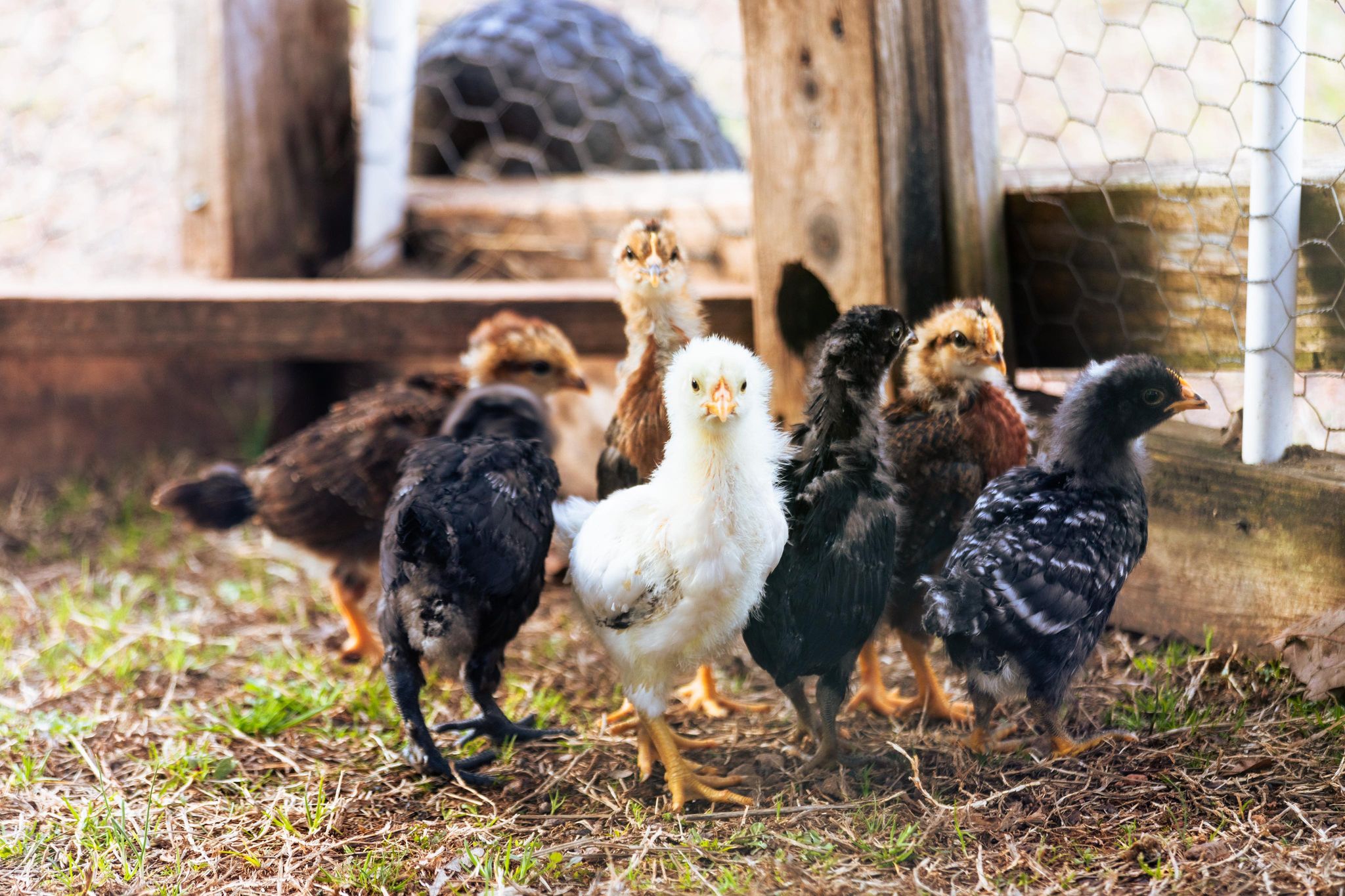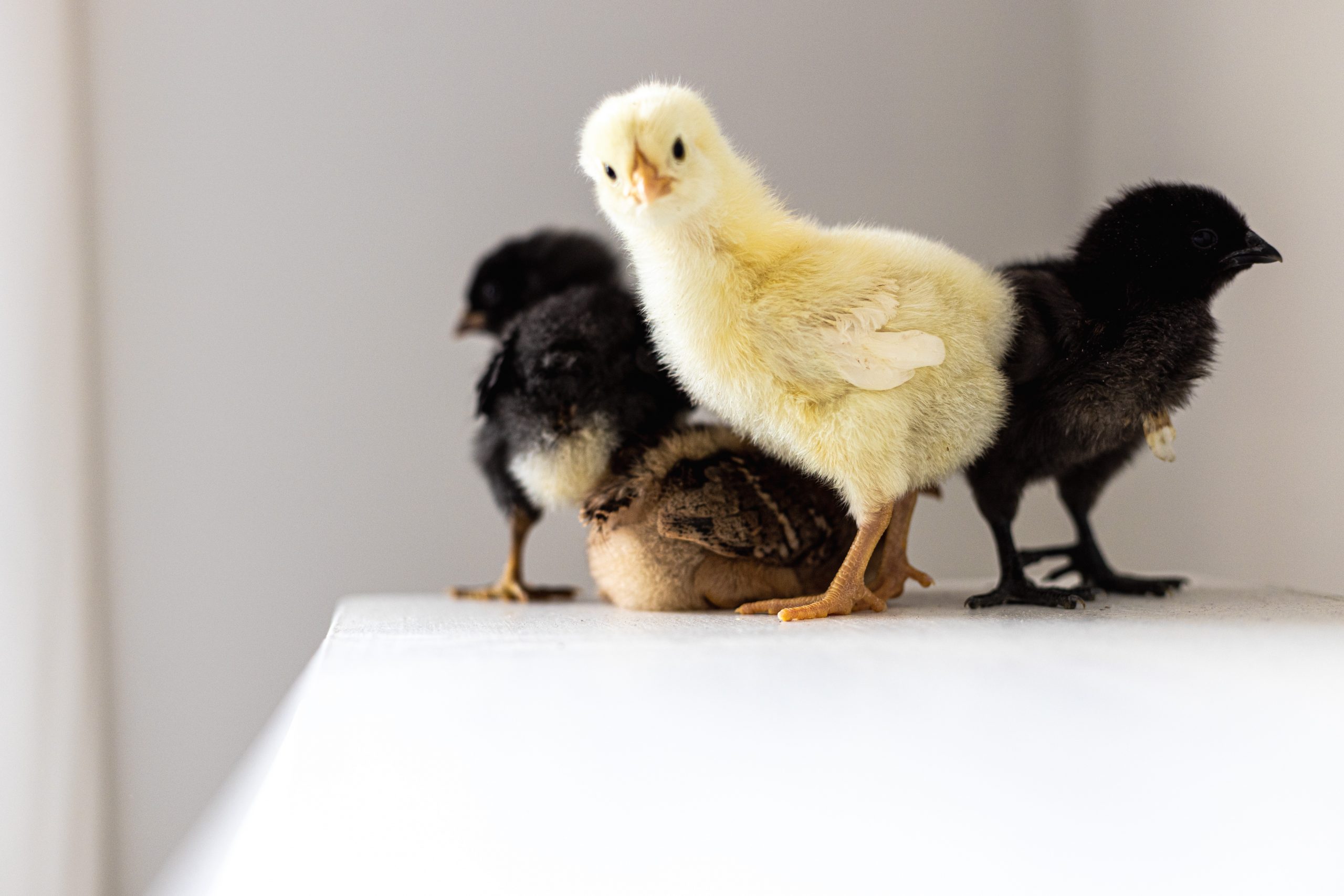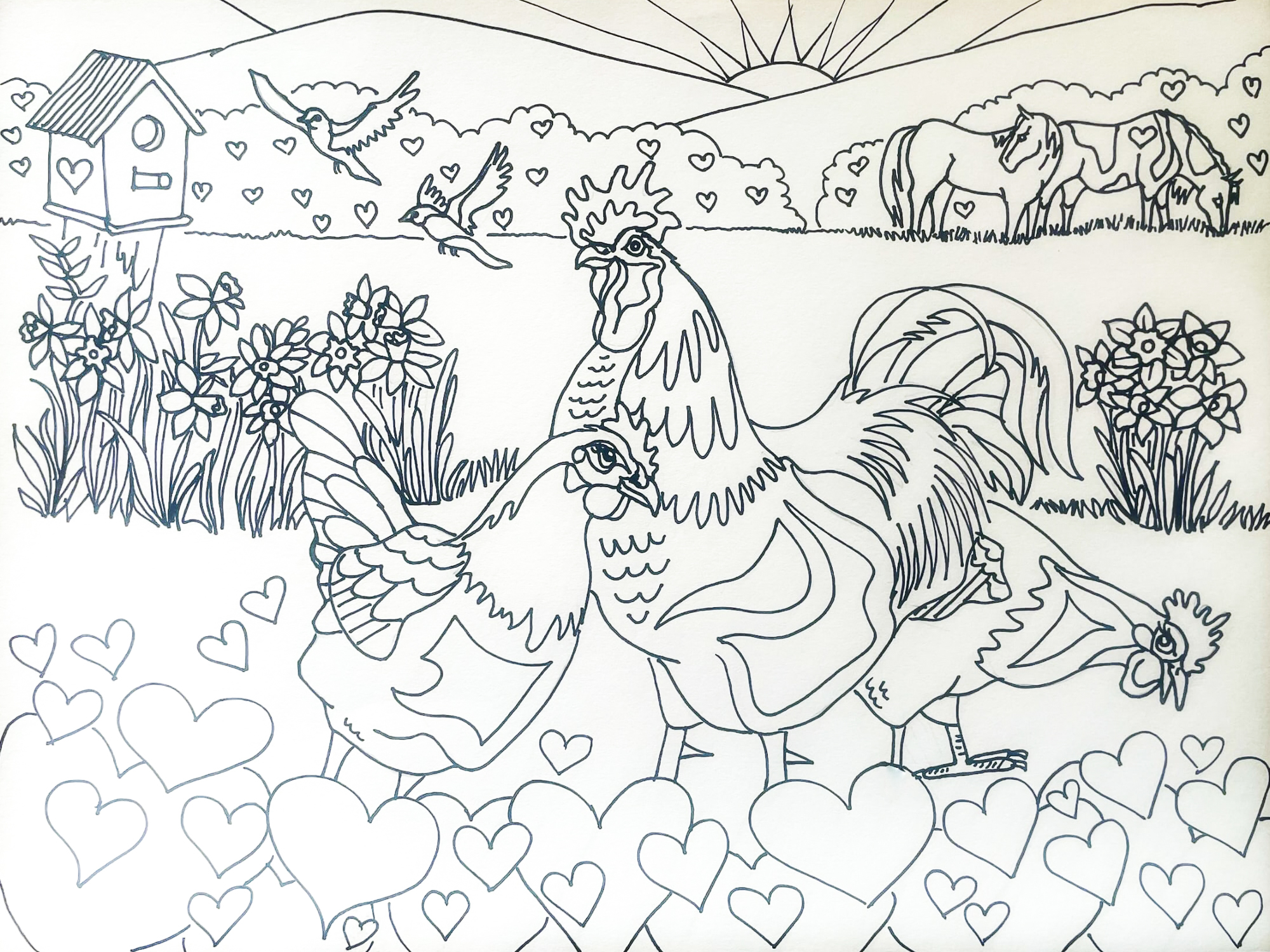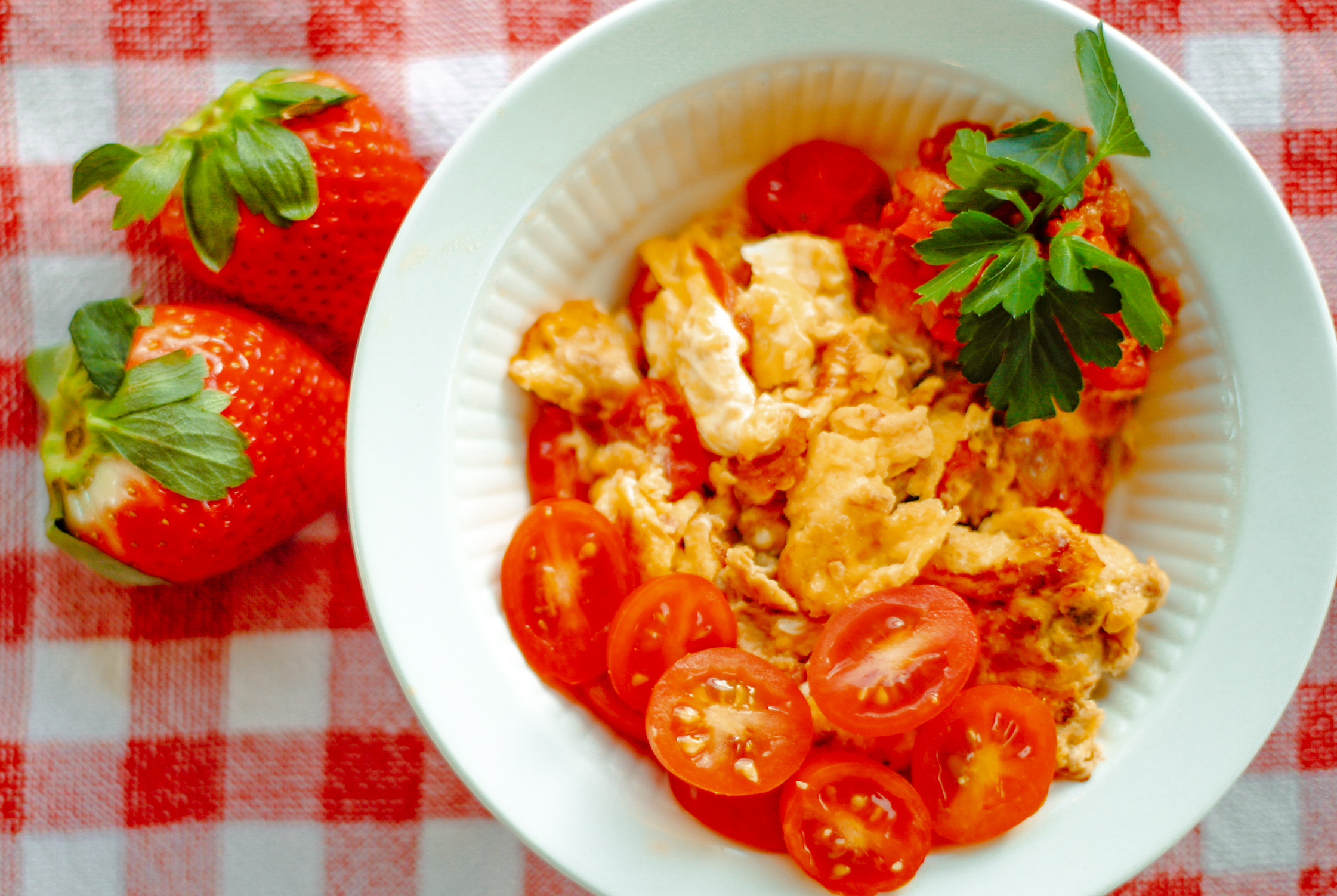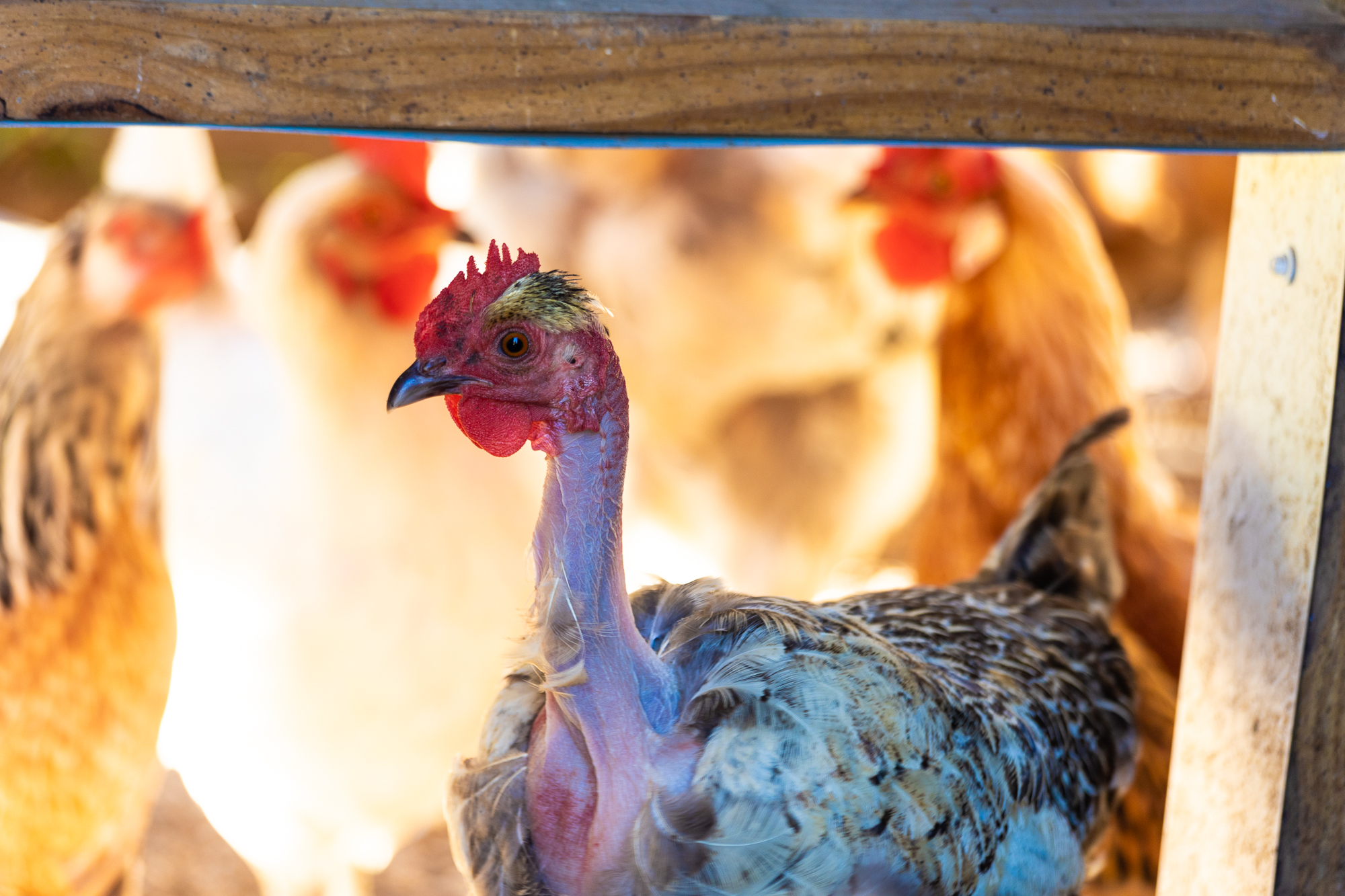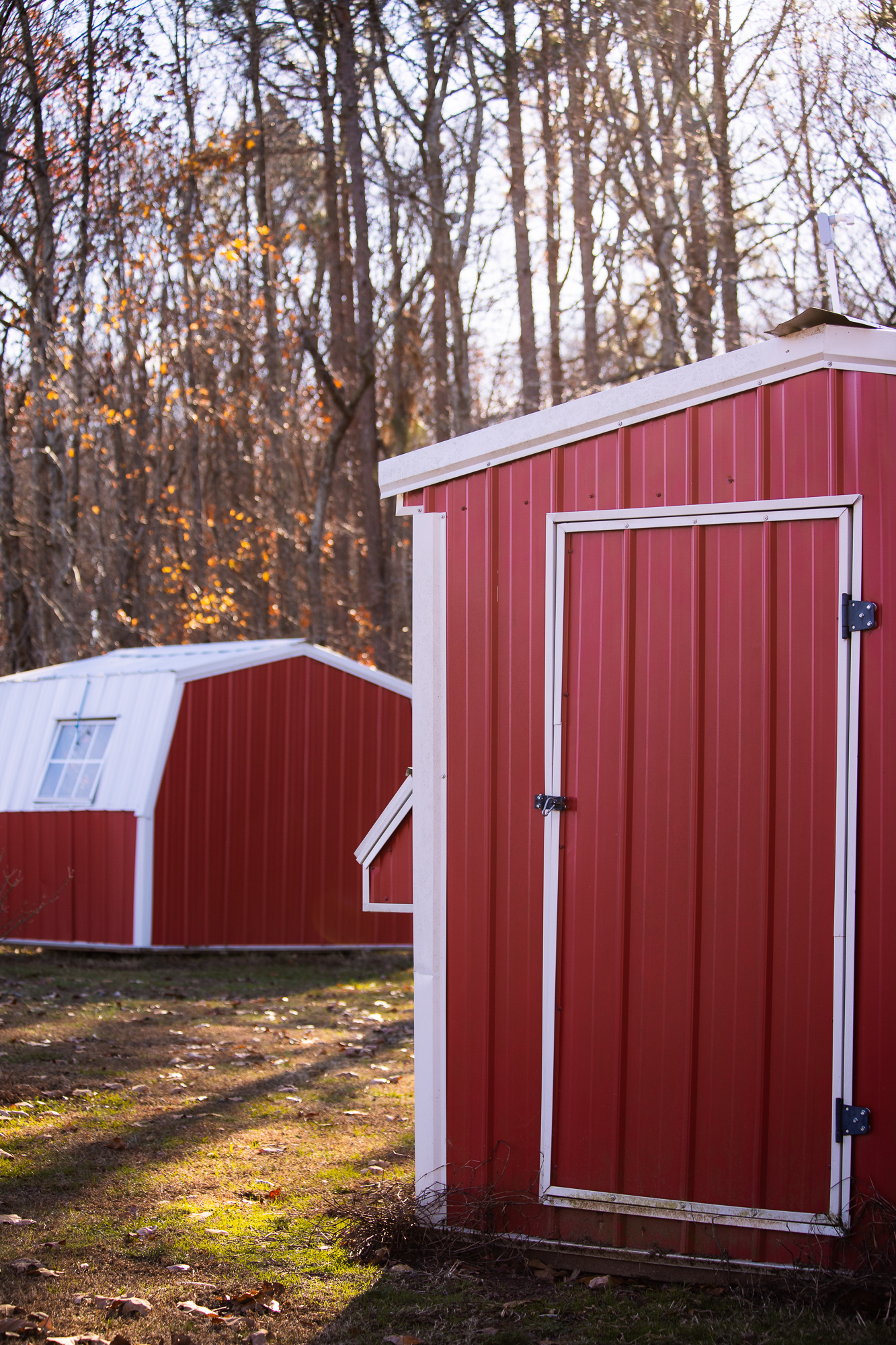Spring is a wonderful time to add fresh freebies to your flock’s diet! Here are some flowers that are safe for your chickens to eat, and chances are, you already have them growing in your yard!
Chickens are omnivores and need nutrients from both animals and plants to thrive If you let your hens out to free-range, they can usually find these goodies themselves You can let your flock free range without worry Chickens like to test everything, but they seem to know what’s good, and what’s not One little bite and they know instinctively if a plant is safe
